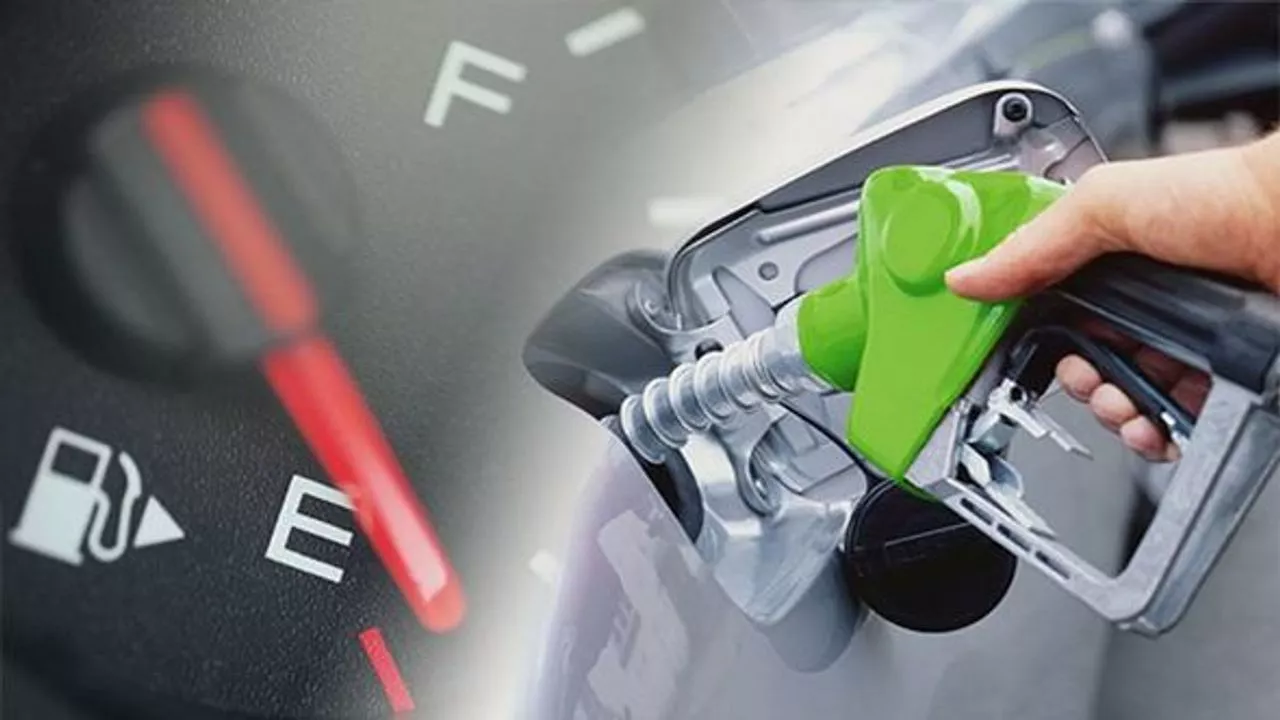Racing Fuel: Boost Your Track Performance
When you peel out of the garage, the fuel you pour in is the first thing that decides how fast you’ll go. It’s not just about filling the tank; it’s about picking the right blend, timing the refuel, and keeping the engine happy. Below you’ll find straightforward tips that work for anyone from a go‑kart rookie to a GT racer.
Why fuel matters in racing
Every drop of fuel carries energy that turns into horsepower. A high‑octane formula burns smoother, lets the engine run at higher compression, and reduces knock – the dreaded ping that steals power. On the other hand, the wrong mix can cause deposits, lower torque, and even force an unexpected pit stop.
Most professional series use a tightly regulated fuel, often 100 % unleaded with a specific octane rating. For club racers and beginners, the sweet spot is usually 95‑98 octane pump fuel. It’s cheap, widely available, and gives enough knock resistance for most engines.
Choosing the right fuel for your car
First, check your engine’s compression ratio. High‑compression builds (like a 12:1 race engine) need 100+ octane to avoid knock. If you run a modest 9:1 street‑to‑track engine, 95‑98 octane is fine.
Next, look at the fuel’s ethanol content. E‑85 can boost power but requires a tuned fuel system and stronger fuel lines. If you’re not ready for that, stick with low‑ethanol (E‑10 or E‑5) pump fuel. It won’t dilute your performance and keeps the intake system clean.
Lastly, consider additives. A small dose of fuel‑system cleaner added each tank can prevent carbon buildup, which is a common cause of lost power after many races. Just don’t overdo it – too much can thin the fuel and reduce torque.
Now that you know what to look for, here’s a quick checklist before every race:
- Confirm octane rating matches your engine’s needs.
- Verify ethanol level is suitable for your fuel system.
- Inspect fuel lines and filters for wear.
- Top off with fresh fuel no more than 24 hours before the session.
- Add a small amount of cleaner if you run many laps per event.
Following this list saves you from surprise pit stops and keeps the engine humming. Remember, the goal isn’t to over‑engineer the fuel, just to give the engine what it asks for.
When it comes to refueling during a race, speed matters. Use a high‑flow pump and practice the quick‑stop technique: shut off the pump the instant the nozzle clicks. This cuts down on fuel spillage and keeps the pit lane safe.
Finally, keep a log of the fuel you use and the lap times you get. Over weeks you’ll spot which blend gives you the best straight‑line speed and which one hurts fuel economy. That data-driven approach is how pros fine‑tune their fuel strategy without guessing.
Bottom line: pick the right octane, mind the ethanol, add a bit of cleaner, and track your results. Simple steps, big payoff on the track.
